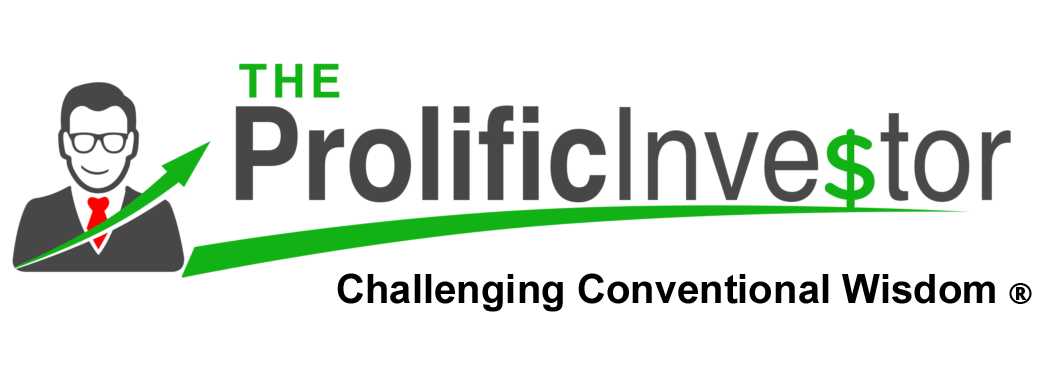What if I could show you an easy way to start chipping away at one of your biggest household expenses? Would you be interested? According to George Antone’s book, The Banker’s Code, interest comes in near the top of the list at 34.5% of the average American’s budget. The exact number isn’t important. What is important is that this is a big number and one over which you have some control. Let’s put this in perspective; if your household income is $100K/year, you’re paying $34,500/year in interest to a third party! Think of what you could do with an extra $34,500/year.
Let’s put the home mortgage aside for now and focus on the smaller items: car loans, credit cards, store cards, student loans, and other credit lines. Instead of paying that interest to a third party, start paying it to yourself by setting up a Family Bank. What’s a family bank? It’s nothing more than a checking or savings account that you designate as your family bank. Here are the steps:
- Set Up Your Family Bank. Set up a new savings or checking account at your bank or credit union and designate it as your family bank or use an existing account. You should be able to access your account online and give it a nickname; mine is “Odegard FB.”
- Fund Your Family Bank. You can do this with a lump sum, say $2,000, $5,000, or $10,000 for example. Or, you can start it with regular monthly deposits, $100, $200, or $500, etc. I recommend doing both to start. Make an initial deposit of some amount that suits you and also set up automatic, monthly deposits of some amount. This will get your family bank started and growing.
- Use Your Family Bank. Purchase something or refinance existing debt using your family bank. If you or someone in your family needs a $10,000 used car, borrow it from your family bank. Pick a market interest rate and term for the type of used car you’re buying, 4% over 48 months for example. Use a calculator, spreadsheet, or an online tool to create an amortization schedule to determine all the details of the loan (payment amount, first payment, last payment). If you’re not in the market for a car but are carrying $10,000 of high-interest credit card debt, pay off that debt with a loan from your family bank, again picking a market interest rate. An unsecured personal loan for this purpose might be 8.74% over 48 months. Depending on how formal you want to be and whether you or a family member is borrowing the money, create and execute a promissory note. If the borrower is a teenager where there might be uncertainties about repayment, make sure you execute a promissory note, and your family bank is the legal vehicle owner on title. Finally, set up an automated repayment system. This will simplify your life if you’re just paying yourself back. If, however, you’ve loaned money to that teenager, you want to set both of you up for success in this transaction.
You might be wondering, if I already have the money to pay cash for the car, why would I borrow it instead of paying for it outright? Great question! Here are, hopefully, some great answers:
- If you secure a car loan from a third party, you’ll find a way to make that monthly payment. If you pay cash; however, you probably won’t have the discipline to save or invest the interest you saved, and it will likely be spent on what I call doodads (aka crap). By borrowing that money from your family bank, you can either take the interest you’re paying yourself and invest it, or you can let the accumulating principle and interest dollars replenish and build your family bank balance and allow it to pay for other things or refinance other debt.
- Additionally, you don’t have to wait for the loan to be paid off to make new loans from your family bank. As soon as your bank’s balance reaches an amount that allows you to purchase or refinance something, use it! Now you’re using the principle and interest payments from the first loan to fund a second loan. You’re essentially using the same money in two places at the same time, and the cycle goes on and on!
In the longer term, think of this future scenario; you have a daughter who just graduated from university and wants to start her own business and purchase her first home. While she has good credit, it’s going to take the business a couple of years to gain traction; and she won’t have the amount and stability of income until then to get a bank loan to purchase her first house. Rather than wait two years to purchase that house, she comes to the “Insert your name here” Family Bank. You evaluate the situation and decide she’s a good credit risk, and you loan her $150K amortized over 30 years at 4% with a balloon payment due in four years. This gets her into her first house now, gives her four years to build her business and income profile; and you get cashed out in four years. It’s a win-win for everyone and think of the financial education she’s getting along the way.
Some final thoughts. Your family bank is a lender. The only way money gets out is in the form of a loan. Don’t withdraw money or otherwise rob your family bank. That defeats the purpose. As far as debt goes, there is good debt and bad debt. Bad debt is a debt you use to buy liabilities, things like cars, boats, and consumer goods. Good debt is a debt you use to buy assets, things like investment real estate or other cash-producing assets. My one exception is your primary residence. While I don’t consider it an asset, the mortgage on a primary residence is where you get the best terms of almost any loan available, so I consider that good debt. Review Blog #1 – Is It A Good Idea To Pay Off Your Home Mortgage?
The family bank is a great and easy way to reduce one of your biggest household expenses, so get started today! Remember, when you make better financial decisions, someday you can make work a choice instead of a necessity.
My sincere thanks to George Antone at Fynance who taught me everything I know about hacking the financial system! You can also find George’s books on my Resources Page.


I love this idea! Do you have resources to recommend for how to set up the bank as the owner on the title? I don’t know how to do that but I like it!
Hi Rachel. I’m not sure I understand your question, but if you’re asking how to make the family bank the legal owner of a car, on the title for example, I’ve never done that. I’m not sure what advantage you would gain by doing that.
I like the idea Chris! We’ve already established a pseudo family bank…..but we aren’t managing like a lender….yet. Not charging interest on the loan and do not have actual promissory notes in place, just a fixed monthly re-payment with a fixed timeline…..Problem with our current approach is the bank will never grow from lending money and rather defeats the purpose as you describe above.
Guess its time to change parts of our approach. Requires more financial discipline….something that is learned, practiced an honed…Still working on it!
Thanks for sharing another way of producing a growth in wealth.
Keep moving forward Tom, but yes, more discipline needed with your pseudo-family bank.
Great idea, Chris! Thanks!